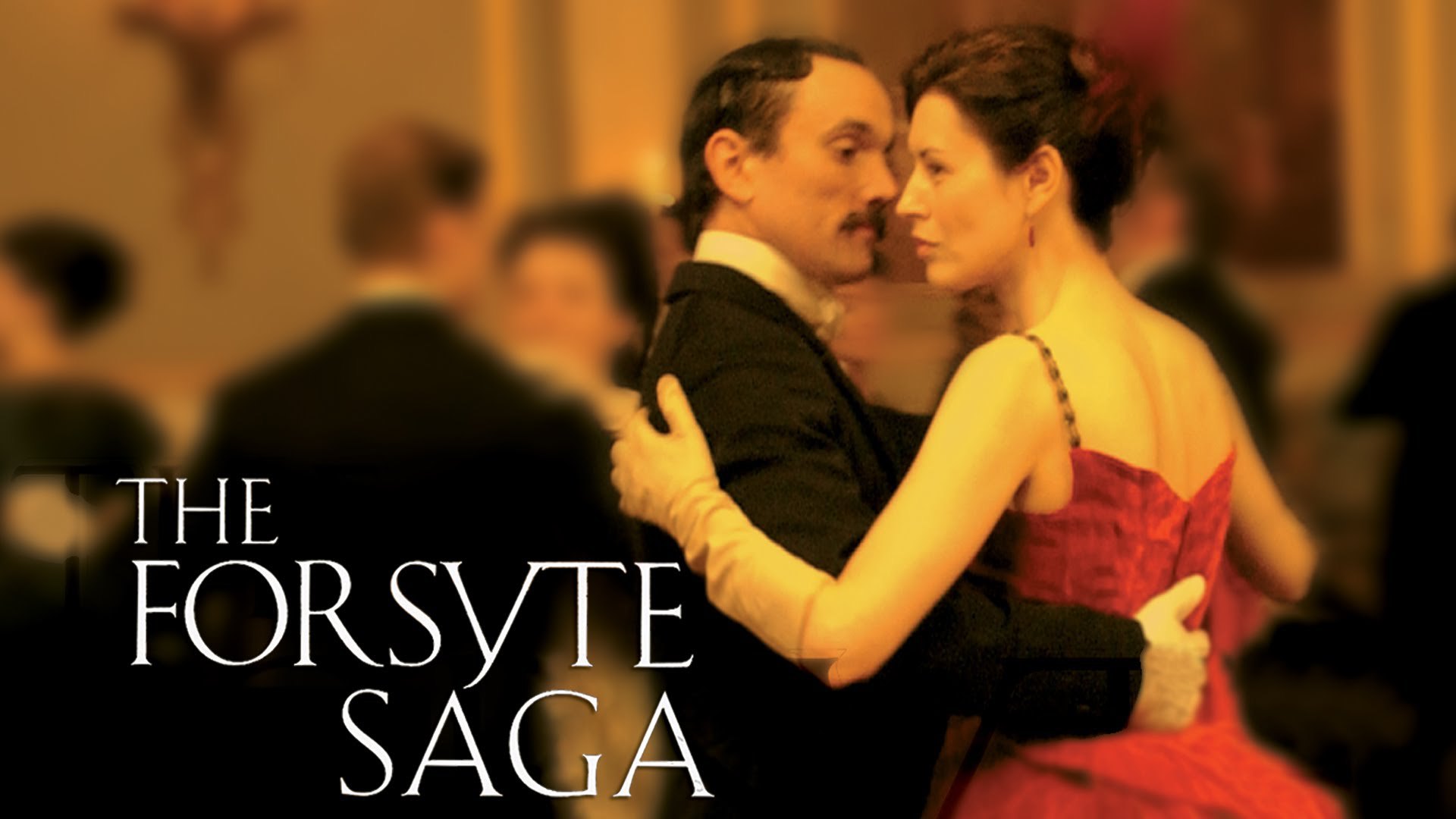

So, in 2016, why do we need a new version? The popularity of Downton Abbey has obviously been a major factor. Listeners to what is now BBC Radio 4 Extra heard it all again in 2004. The eminent Shakespearean Alan Howard played Soames this time, with the narrator’s role taken by a virtual stranger to sound broadcasting, Dirk Bogarde. It was rumoured to be the most expensive radio serial ever produced. In 1990 came The Forsyte Chronicles, a 22-hour radio version preceded by a bonanza 75-minute introductory episode. Yet his marriage to Irene, played by the previously little-known (and unrelated) New Zealand beauty Nyree Dawn Porter, encompassed such a range of cruelties and scorns that it was even discussed by men, returning to the pubs on weekday nights. And the central character, Soames Forsyte, a tortured lawyer savagely played by the pale and pinch-faced Eric Porter in his melancholy suits, was a living tribute to black-and-whiteness in himself.

What was the big attraction here? Assuredly not colour TV, since Forsyte was one of the last grand productions presented in black-and-white. By the time the last episode comes around, 18 million people are watching. This time it’s on BBC One, and it’s the first, giant instance of catch-up TV on record.

It’s a repeat, actually, but then not many viewers had BBC Two in 1967, when the 26-part serial was first broadcast. The very houses seem asleep – but their occupants are not. Lone publicans polish their glasses for the umpteenth time and wait for a drinker to show up. It is a typical Sunday evening in Britain in late 1968.


 0 kommentar(er)
0 kommentar(er)
